The Miracle Mansion Survives the Los Angeles Fires.. Learn about its owner’s explanation of the legendary event
The devastating forest fires in Los Angeles caused the burning of tens of thousands of homes and mansions, in a historic disaster for the United States of America.
But what happened in Malibu, one of the cities of Los Angeles in the state of California, was extraordinary, so the media called it a miracle.
Among the buildings that collapsed and turned into ashes due to the severity of the fires, one mansion remained standing tall among the rubble in a strange scene that even the owner of the mansion did not believe at first.
The mansion is owned by American businessman David Steiner and is worth approximately $ 9 million in Malibu.
David Steiner, 64, a retired waste management executive and married father of three children from Texas, said: “It’s a miracle.. Miracles never stop.”
He told the New York Post that he thought his stunning three-story California home — which was vacant at the time — was gone when a local contractor sent him video of flames and smoke engulfing his and his neighbors’ property on Tuesday.
“The contractor was watching the news and saw my neighbor’s house collapsing,” Steiner recalled, “and he said, ‘It looks like your house is collapsing, too.’”
When he got the video, he said, “It looked like nothing was going to survive, and I thought we lost the house. . . . Then people started calling me and saying, ‘Your house is all over the news. ’”
“I started taking pictures and I realized we made it,” Steiner said of the extraordinary images of his unique white three-story structure, which stands like a beacon amid the smoldering remains of nearby multimillion-dollar properties.
“My wife sent me something this morning that said, ‘Last house standing. ’ That brought a big smile to my face at a really bad time,” he continued.
Steiner said he believes the extremely sturdy construction of his property, likely designed to protect it from earthquakes, saved it from a fire that destroyed surrounding homes.

“It’s made of stucco and stone with a fire-resistant roof and also includes piles of bedrock to keep it steady when the waves hit the sea wall below,” he said.
“I never in a million years, to be completely honest, did I think a wildfire would move up the Pacific Coast Highway and start a fire,” he said.
“I thought, if there was an earthquake, this would be the last thing to go away,” he said of the 4,200-square-foot, four-bedroom home, which he bought from a producer. “I honestly didn’t think that if there was a fire, this would be the last thing to go away. And it was.”
“The architecture is very beautiful. But the stucco and the fire-resistant roof are really beautiful,” he continued.
He noted that his home has a unique appeal in addition to its fire-resistant features.
“It’s actually built like a cruise ship,” Steiner said. “The fireplace chimney looks like a boat chimney and then the back porch looks like a cruise ship porch. It feels like a cruise ship because you’re out there on the water.”


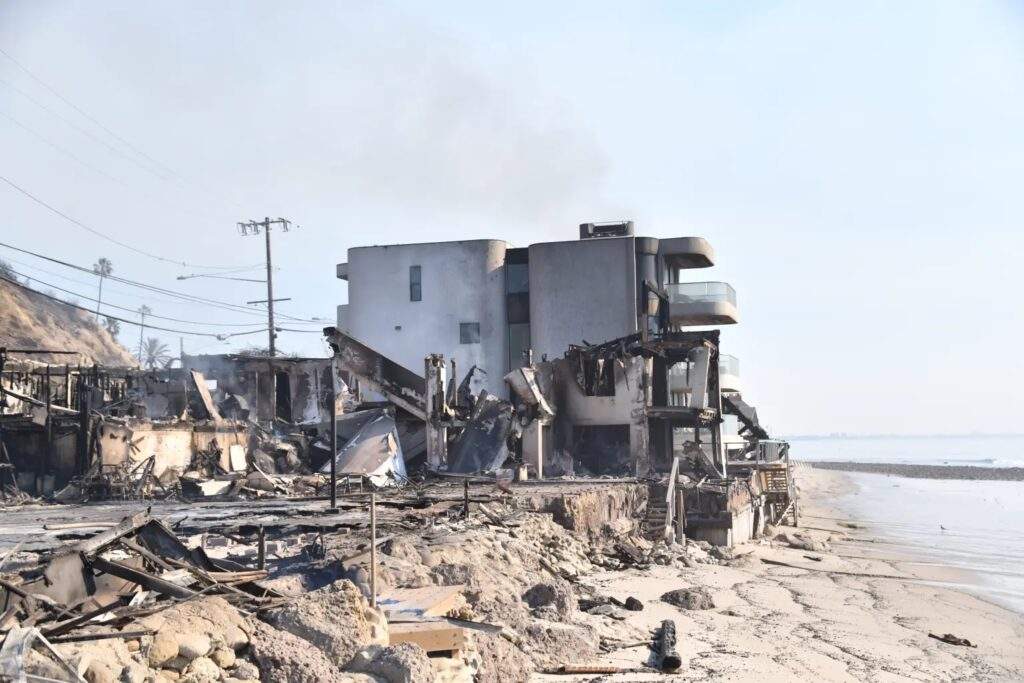

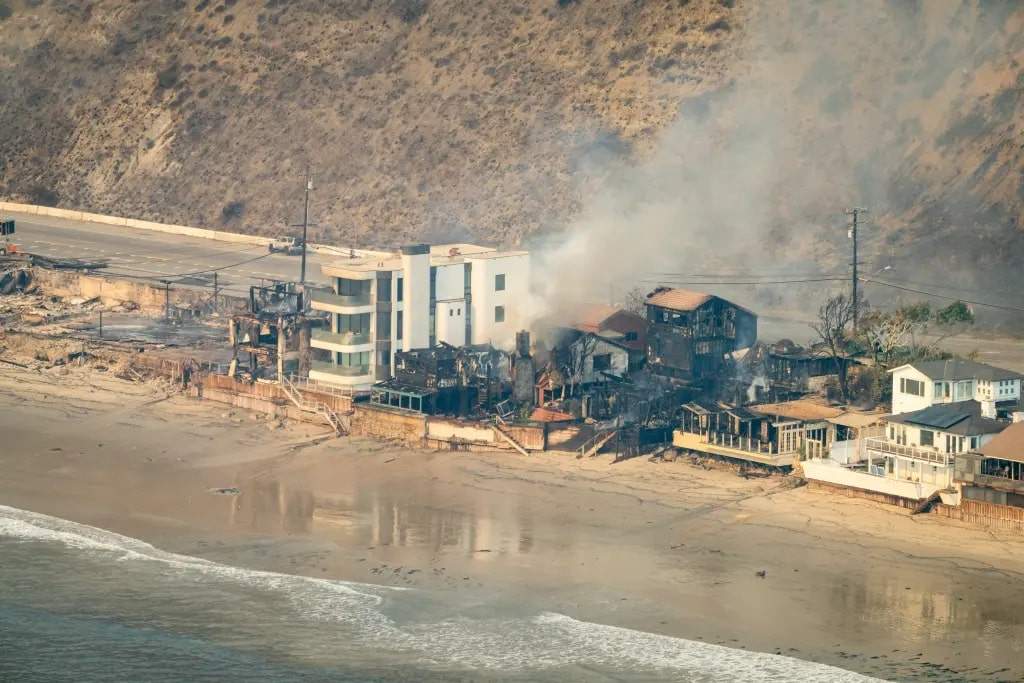

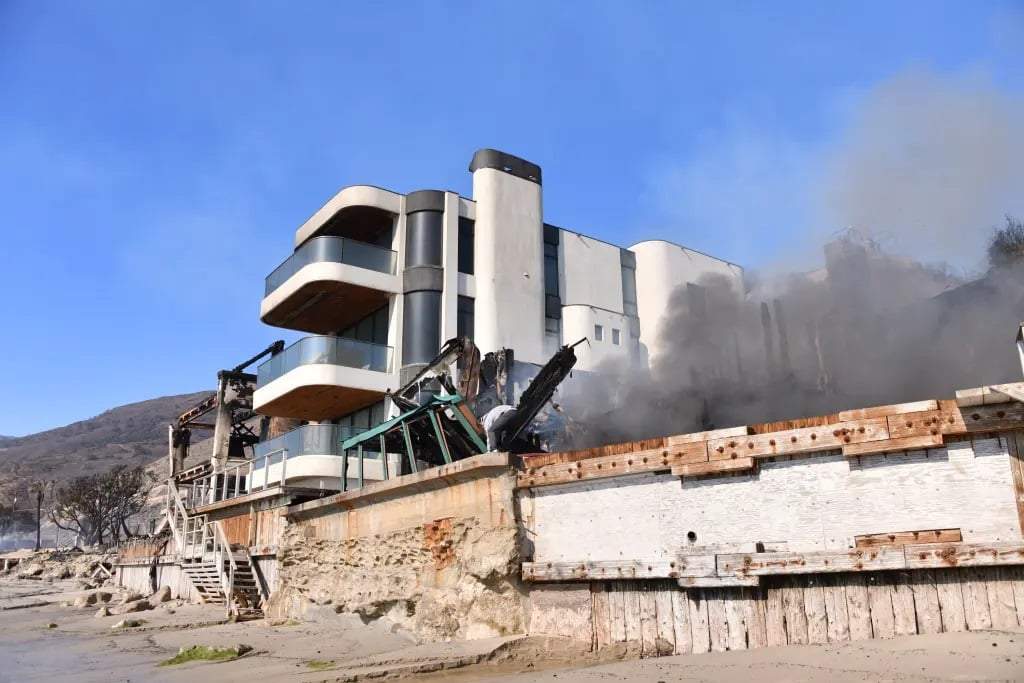
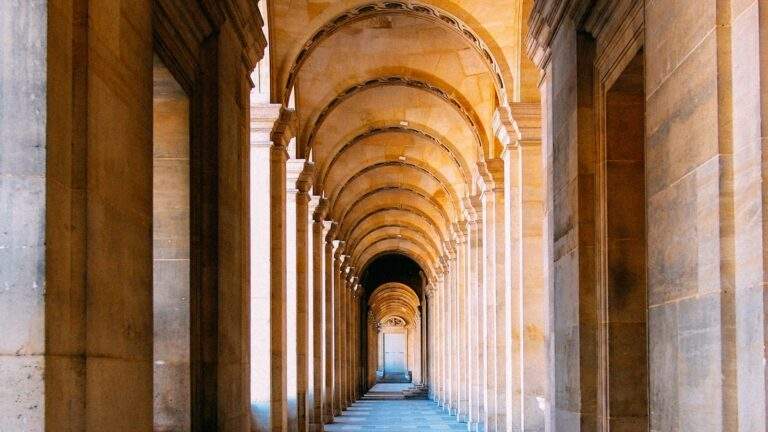


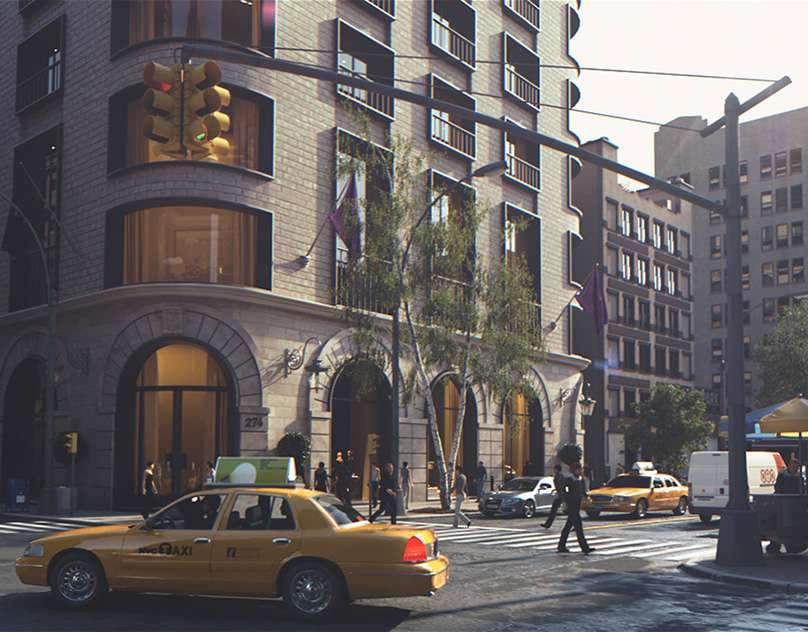

The Los Angeles wildfires are a major environmental and economic disaster, with economic losses estimated at between $52 and $57 billion, making them among the costliest natural disasters in US history.
Economic
Economic impact analysis:
Direct losses:
Property destruction: The fires destroyed thousands of homes and buildings, including those of Hollywood celebrities, requiring huge reconstruction costs.
Infrastructure: Infrastructure, such as roads, electricity and water networks, was damaged, requiring significant investments to repair them.
Indirect losses:
Insurance: Insurance companies will incur huge costs to compensate those affected, which could lead to higher insurance premiums in the future.
Impact on businesses: Many businesses were affected by the evacuation and property destruction, leading to lost revenue and increased unemployment.
Does reconstruction contribute to the circulation of money within the economy?
Yes, reconstruction helps stimulate the local economy by:
Creating jobs: Rebuilding homes and infrastructure requires significant labor, creating new jobs in the construction sector.
Increasing demand for materials and services: Reconstruction increases demand for building materials and related services, supporting local businesses and suppliers.
Spurring economic growth: Investments in reconstruction can boost local economic growth in the short term.
Impact on inflation:
While large spending on reconstruction can stimulate the economy, it can also lead to:
Increasing inflation: Increased demand for materials and services can cause prices to rise, contributing to higher inflation.
Stress on resources: Increased demand can lead to shortages of some materials and higher costs.
Conclusion:
While reconstruction helps circulate money within the local economy and creates jobs, the large economic losses and negative effects on inflation make it difficult to consider fires as an effective means of balancing the economy. Therefore, these disasters cannot be viewed as a tool for achieving economic stability, but rather the focus should be on prevention and planning to reduce their negative impact.